Translation, Localization, and Transcreation: Understanding the Differences
CLEAR WORDS
TRANSLATIONS
All News
May 31, 2023 |
Translation, Localization, and Transcreation: Understanding the Differences
In the realm of language services, it’s essential to grasp the distinctions between translation, localization, and transcreation. These three terms represent distinct approaches to adapting content for different target markets and audiences. In this article, we will explore the differences between translation, localization, and transcreation, shedding light on their unique characteristics and applications. Clear Words Translations, a leading translation and localization agency, is committed to providing comprehensive language solutions tailored to your specific needs.
Translation:
Translation is the process of converting text from one language to another while preserving the original meaning and intent. Translators focus on accurately conveying the source content in a target language, ensuring linguistic and grammatical accuracy. Translation is commonly employed for various types of content, including documents and technical manuals. The primary objective of translation is to maintain fidelity to the source text, enabling effective communication across language barriers.
Localization:
Localization goes beyond translation by adapting content to suit the linguistic, cultural, and functional requirements of a specific target market. It involves tailoring the content to resonate with the local audience and reflect the customs, preferences, and cultural nuances of the target locale. Localization encompasses not only language adaptation but also adjustments to date formats, currency, measurements, images, and even user interfaces. This process ensures that the localized content feels native to the target market, enhancing user experience and engagement.
Transcreation:
Transcreation, also known as creative translation or adaptation, is a specialized form of translation that focuses on conveying the essence, emotions, and cultural relevance of the source content rather than adhering strictly to linguistic accuracy. Transcreators adapt the message to resonate with the target audience, considering cultural sensitivities, humor, idiomatic expressions, and visual impact. Transcreation is often employed for marketing campaigns, slogans, advertising materials, and other creative content where maintaining the emotional impact and persuasive intent is critical. The goal of transcreation is to evoke the same response from the target audience as the original content intended, even if it requires deviating from the literal translation.
Key Differences:
Objective: Translation aims to faithfully convey the meaning of the source content, while localization adapts the content for a specific target market. Transcreation focuses on capturing the emotional impact and cultural nuances of the source content.
Approach: Translation focuses on linguistic accuracy, ensuring that the meaning is preserved. Localization takes into account cultural and functional aspects to make the content suitable for the target locale. Transcreation emphasizes creative adaptation to evoke the desired response from the target audience.
Content Types: Translation is applicable to various content types, including documents, manuals, and technical materials. Localization is commonly used for software, websites, and multimedia content. Transcreation is primarily employed for marketing, advertising, and creative content.
Degree of Freedom: Translation follows a more structured approach, whereas localization allows for greater adaptation to the target market. Transcreation provides the most creative freedom, often resulting in substantial changes to the original content to suit the target audience.
Conclusion:
Translation, localization, and transcreation are distinct approaches to adapting content for different audiences and markets. While translation focuses on linguistic accuracy, localization considers cultural and functional aspects, and transcreation emphasizes creative adaptation. Understanding these differences is crucial for selecting the most suitable approach for your specific needs. Clear Words Translations offers a comprehensive range of language services, including translation, localization, and transcreation, tailored to meet your unique requirements and ensure effective communication across diverse cultures and markets.










